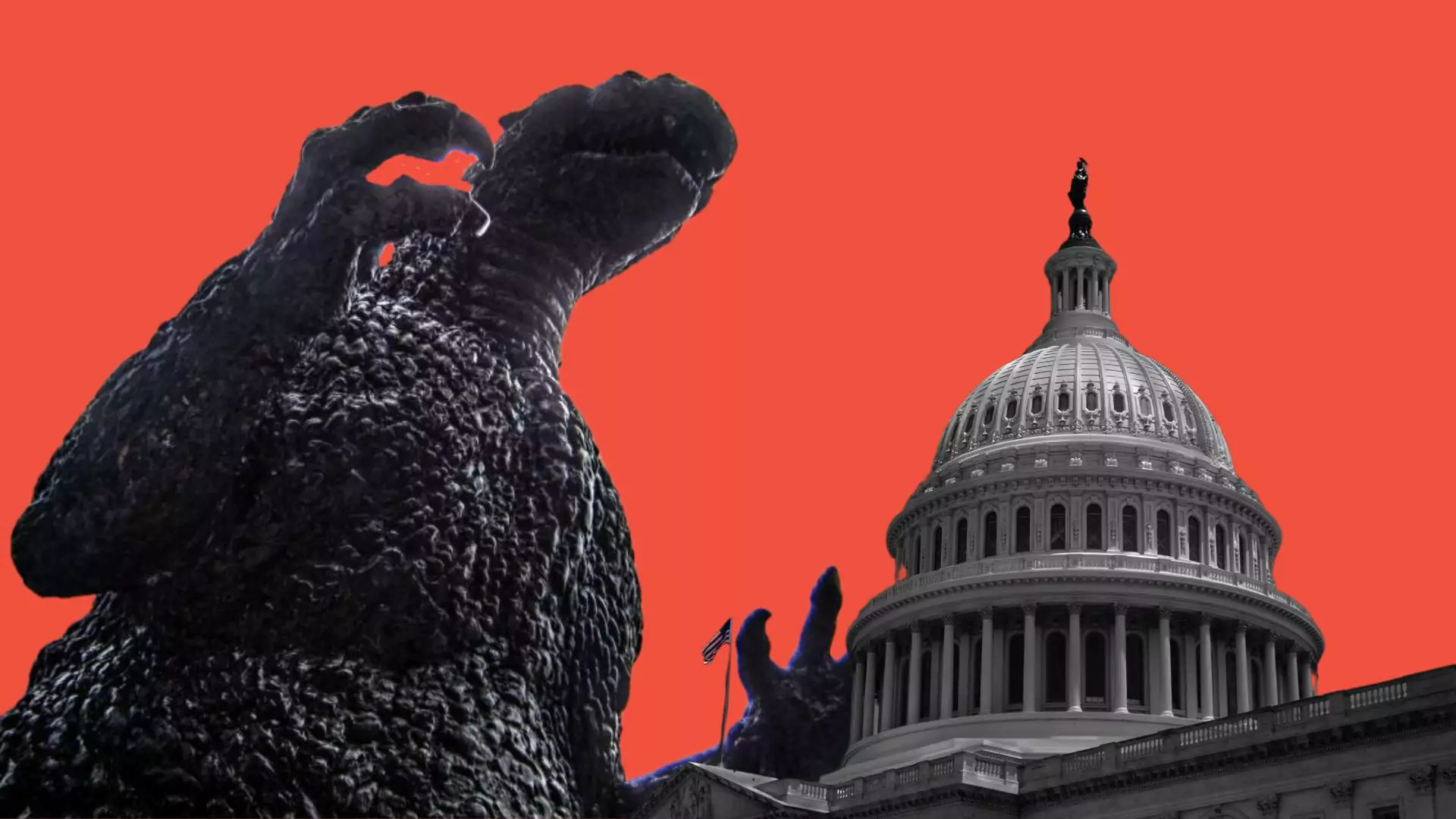Nine percent of payday loans are made over the internet
One in eight low-income Oregon adults pay check cashing outfits to cash their checks, and Central Oregon has the highest concentration of adults who utilize check cashing outfits, according to the Oregon Center for Public Policy. The public policy research institute’s analysis of recently released data from the Oregon Population Survey provides the first glimpse of the size of the check cashing industry in Oregon and its impact on low-income families throughout the state.
Download a copy of this news release:
Analysis Shows One in Eight Low-Income Oregon Adults Pay Fees to Unregulated Check Cashers (PDF)
“The new data indicate that check cashing fees are a drain on the incomes of many low-income Oregonians,” said Michael Leachman, policy analyst with the OCPP.
The OCPP’s analysis concludes that about 100,000 Oregon adults with household incomes under $30,000 paid a fee to cash a check in the year prior to responding to the survey, conducted primarily in the summer of 2006. National data indicate that nine in ten customers of cash checking outfits visit the stores at least once a month.
“National data tell us that it is likely that most of the 100,000 Oregonians with incomes under $30,000 who pay fees to check cashers do so fairly regularly,” said Leachman.
Oregonians in the central Oregon counties of Deschutes, Jefferson, and Crook are particularly likely to pay fees to check cashers. In this three-county region, 16 percent of all adults (not just those with low incomes) reported paying check cashing fees, nearly double the statewide rate of 8.5 percent for all adults.
“Oregonians in fast-growing Central Oregon would benefit disproportionately from a limit on check cashing fees,” said Leachman.
According to the Financial Service Centers of America, 24 states plus the District of Columbia set a limit on check cashing fees. Oregon does not. House Bill 2202, which would establish limits on check cashing based on the type of check cashed, won the support of the House Committee on Consumer Protection on January 31.
New Analysis of Payday Loan Data; Undercount Suspected
OCPP’s analysis of the state survey found that nine percent of payday loans are made over the Internet. Leachman noted that House Bill 2203 would assure that new limits on payday loan interest charges set to take effect in July will apply to payday lenders operating over the Internet. HB 2203 also recently won support of the House Committee on Consumer Protection. HB 2203 would not close a loophole that allows Internet and storefront payday lenders to avoid the new interest limits by restructuring their loan products. A blanket interest rate cap on all consumer loans is necessary to keep payday lenders from finding loopholes to continue charging exorbitant interest rates.
“The 2006 Oregon Population Survey gave us valuable new information about Oregon’s check cashing and payday loan industries,” said Leachman. “However, we believe that the survey significantly undercounts the share of Oregonians accessing payday loans,” he added, comparing the Oregon survey to lending industry data provided to the Department of Consumer and Business Services.
According to OCPP, the survey data suggest that Oregonians took out about 340,000 payday loans in the year between the summer of 2005 and the summer of 2006. Data supplied by the payday lending industry to the Oregon Department of Consumer and Business Services (DCBS), though, show that Oregonians actually took out nearly 841,000 short-term payday loans in 2005, well more than double the number found by the Oregon Population Survey. Because the Oregon survey data includes Internet payday loans while the data reported to DCBS does not, the undercount of payday loans is even more severe than the basic numbers suggest.
“The undercount resulted in part from the survey’s inability to include Oregonians who cannot be reached through a working, land-line telephone. It may also be that consumers of payday loans under-report the number of loans they took out in the previous year,” concluded Leachman.
“Even though the state survey apparently undercounts the use of payday loans, Oregon legislators now have more reason to be concerned about the impacts of the check cashing and payday loan industry on their constituents,” he added.
The Oregon Center for Public Policy does in-depth research and analysis on budget, tax, and economic issues. The Center’s goal is to improve decision making and generate more opportunities for all Oregonians.
More about: personal income






